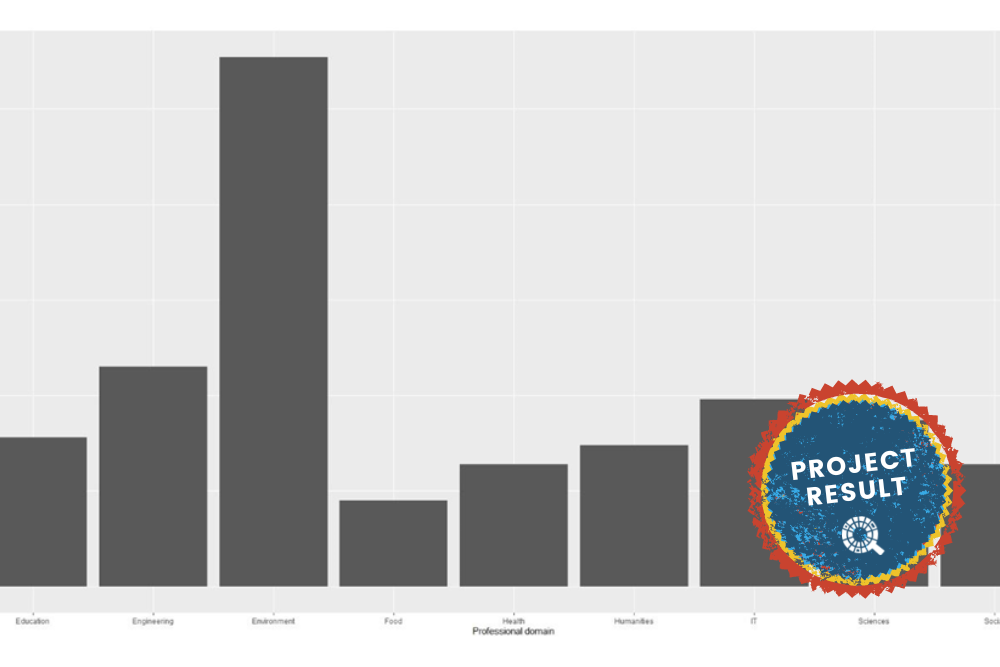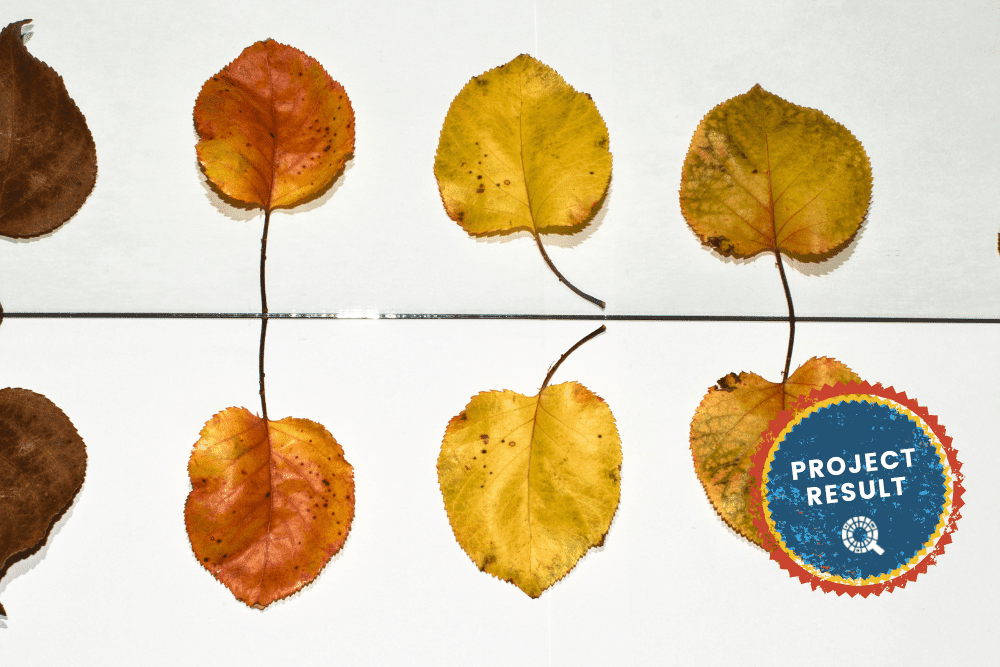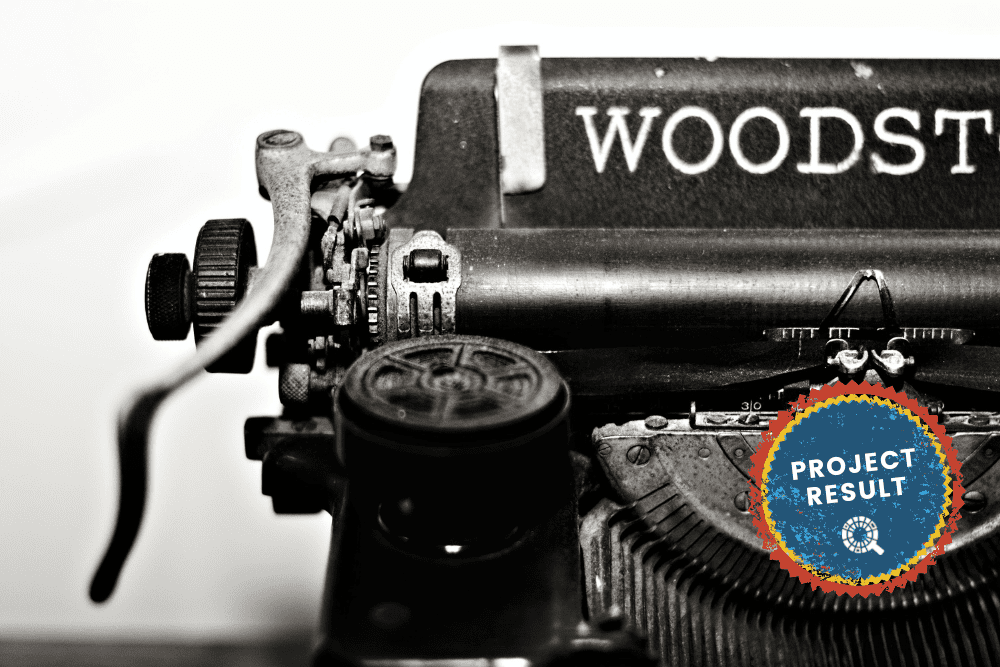Short summary
This article describes an impact assessment method of CS activities in Norwegian high schools. The students built their own low-cost air quality sensor systems and carried out air quality projects with these devices. The assessment framework was developed within the EU H2020 ACTION project. The results showed positive impacts on learning, a pro-environmental worldview, an increase in pro-science attitudes and interest in scientific and environmental-related topics. The activities also showed transformative potential, and thus demonstrate an example of good practice for CS activities on air quality with low-cost sensor systems.
Applied method
The applied framework considers five areas of impact: scientific, social, economic, political, and environmental. It also considers the transformative potential of the CS activities based on the categories Radical, Iconic, Catalyzing, Timely, and Learning. These categories are elaborated here. First, the ACTION project team defined the areas of impact most relevant for the CS activities. Based on this information they developed questionnaires for the students which they had to complete before and after the CS activities.
The activities started with a teachers’ workshop in January 2020. The teachers had different timelines to make the activities fit into their curriculum, so they could decide for themselves when they wanted to start. The teachers carried out the CS projects between January and April and finished between April and June. A link to the ex-ante questionnaires has been sent after the teachers’ workshop, the link to the ex-post questionnaire has been sent around April/May. The teachers shared the link with their students, but it could not really be ‘controlled’ when they would do this, either directly after the activities or some weeks later. For sure they all completed the questionnaire before the beginning of June (start of summer vacation in Norway).
The transformative potential was evaluated based on the statement of the project manager from the ACTION project. The project manager was initiating the contact to the teachers, carried out the introduction workshop for the teachers, provided talks to the students, was the contact person for teachers and students in case of questions and was basically the liaison person between the ACTION project and the schools/teachers/students.
Results
Conclusion
The results show that it is not an easy endeavour to assess the impact of CS activities. Nevertheless, the framework that has been developed within the EU H2020 ACTION project has demonstrated to be a useful approach to assess the impact and potential for transformation of CS activities in high schools. It also supported the CS pilot team in their reflections on the activities carried out and in acquiring an impact driven approach to CS project design.
Future work
The CS activities have been carried out in high schools with a strong focus on Science, Technology, Engineering, and Mathematics (STEM). It would be interesting to extend the activities to high schools without STEM focus and to those that are different in terms of socio-cultural background. It would also be interesting to compare the impact assessment results from classes engaged in CS activities with results from a control group, i.e., classes not engaged in such CS activities.
Also, the impact assessment is based on subjective perceptions. It would be interesting to add additional elements to obtain a more “objective” result. The research team tried to reduce this discrepancy by asking the teachers about the impact on students. They confirmed the self-assessment of the students. A trial-based research design with a control group could reveal more insight.
References
For more information: “Transformative Potential and Learning Outcomes of Air Quality Citizen Science Projects in High Schools Using Low-Cost Sensors.” DOI: https://doi.org/10.3390/atmos12060736















